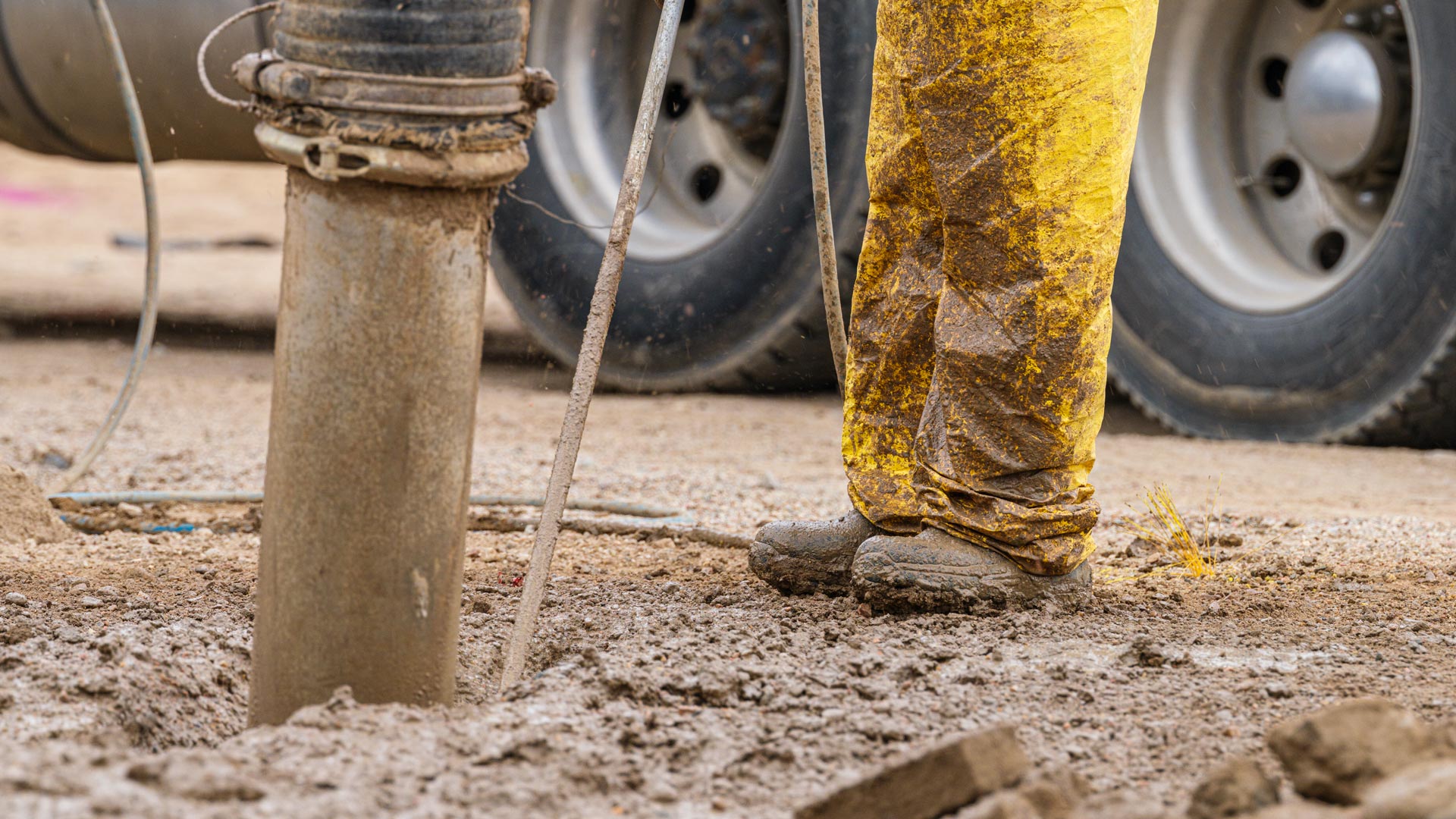Non-Destructive Digging: 6 Effective Methods to Consider
- Blog
Modern construction and infrastructure maintenance heavily rely on non-destructive digging (NDD), a technique that emphasizes precision and environmental stewardship. Unlike traditional excavation methods, NDD utilizes specialized technology to safely and efficiently expose underground utilities without disrupting the surrounding area.
This approach not only prevents damage to pipes and cables but also significantly reduces the environmental footprint of construction activities, making it an ideal choice for projects that require meticulous handling and sustainable practices.
What Is Non-Destructive Digging (NDD)?
Non-destructive digging (NDD) is an excavation technique that uses pressurized air or water to loosen soil while a vacuum system removes the debris. This controlled process exposes underground utilities such as gas lines, electrical cables, and water mains, ensuring safe and sustainable waste management practices.
The Benefits of Non-Destructive Digging
Non-destructive digging is essential for several key reasons: it ensures precision, minimizing the risk of damage to underground utilities, which can lead to costly repairs. This method also enhances safety by reducing the hazards associated with manual labor and traditional excavation techniques.
Moreover, it is environmentally friendly, targeting specific areas for excavation with minimal soil disturbance and enabling the recycling of debris, aligning with sustainable waste management practices.
6 Effective Methods of Non-Destructive Digging

1. Hydro Excavation
Hydro excavation is a pivotal method in non-destructive digging, employing high-pressure water to efficiently break up soil. The soil is then mixed into a slurry by the water, which a vacuum system promptly removes into a truck-mounted tank. This method is particularly valued for its precision, greatly reducing the risk of damage to underground utilities and providing safe, exact excavation for uses such as pipeline installation, daylighting, and trenching.
2. Air Excavation
Air excavation offers a powerful alternative where water use must be minimized, utilizing compressed air to break up soil that is then suctioned into a tank. This method is especially suitable for sensitive or dry soil conditions, making it a reliable choice in environments where water could be detrimental.
3. Ground Penetrating Radar (GPR)
Ground Penetrating Radar (GPR) uses electromagnetic radio waves to probe beneath the surface, effectively identifying underground utilities and obstacles. The radar waves reflect off these objects, allowing technicians to analyze the reflections and pinpoint their locations, proving essential in congested or complex utility networks.
4. Electromagnetic Induction
This technique relies on electromagnetic signals to locate metallic and conductive utilities. A transmitter sends signals into the ground, which bounce back when they contact utilities, with a receiver then mapping the locations. Electromagnetic induction is quick and non-invasive, providing a substantial benefit in large-area searches for utilities.
5. Sonde and Flexi Trace Rodder
The Sonde and Flexi Trace Rodder systems are specialized tools for tracing non-metallic pipes. These devices work by emitting a detectable electromagnetic field or using a metal wire within a fiberglass rod to identify and trace utilities. This approach is invaluable for locating non-metallic pipes and other utilities, ensuring thorough detection and mapping of buried services.
6. Hydro Jetting
Hydro jetting employs high-pressure water streams to clean and maintain underground pipelines, effectively removing blockages without excavation. This method is essential for maintaining pipeline functionality and integrity, making it ideal for industrial, municipal, and residential plumbing systems. It provides a quick, efficient solution for both preventive maintenance and emergency pipe clearing.
Each method provides specific benefits and is ideal for particular use cases, making it important to choose based on the project’s needs, the environment, and the types of utilities involved.
Choosing the Right Method
Selecting the appropriate non-destructive digging method is crucial for achieving accurate results and protecting underground infrastructure. Here’s what to consider:
- Project Requirements: Determine whether you need utility detection, soil excavation, or blockage clearing.
- Soil and Ground Conditions: Assess the soil type to determine whether water or air excavation is appropriate. Hydro excavation is highly effective in a variety of soil types, from clay to sandy soils, as the water can be adjusted in pressure to suit the soil’s resistance. Hydro jetting, while primarily used for clearing blockages, can also assist in softening harder soil compositions around pipe systems for easier removal.
- Utility Type and Location: Consider whether the utilities are metallic or non-metallic, and how deep they are buried. Hydro excavation allows for delicate handling around sensitive utilities, whereas hydro jetting is ideal for situations where the focus is more on cleaning rather than excavation.
- Budget and Time Constraints: Evaluate the cost-effectiveness and time efficiency of each method. Hydro excavation tends to be quicker in most soil types, which may reduce labor costs, whereas hydro jetting is more specific to clearing and maintenance and might be faster in those applications.
With a clear understanding of the distinctions and applications of each method, selecting the right non-destructive digging technique ensures project success while safeguarding underground infrastructure.
Why Choose Fuzion’s Comprehensive Non-Destructive Digging Services?

Fuzion provides cutting-edge hydrovac and hydro jetting services, offering innovative, efficient, and environmentally conscious solutions tailored to a wide range of needs.
- Our hydrovac technology, equipped with advanced trucks and skilled operators, excels in daylighting, trenching, and cold-weather excavation, ensuring adherence to the highest safety and environmental standards.
- Simultaneously, our hydro jetting services utilize the latest technology for precision cleaning and blockage removal in pipes, ideal for industrial, municipal, and residential applications.
Together, these services ensure comprehensive coverage for all your non-destructive digging and debris management needs.
Ready to Enhance Your Project with Fuzion?
As your trusted partner, Fuzion guarantees precision, safety, and innovative solutions in hydro excavation and debris management.
Contact us today and discover our integrated services for sustainable waste management.